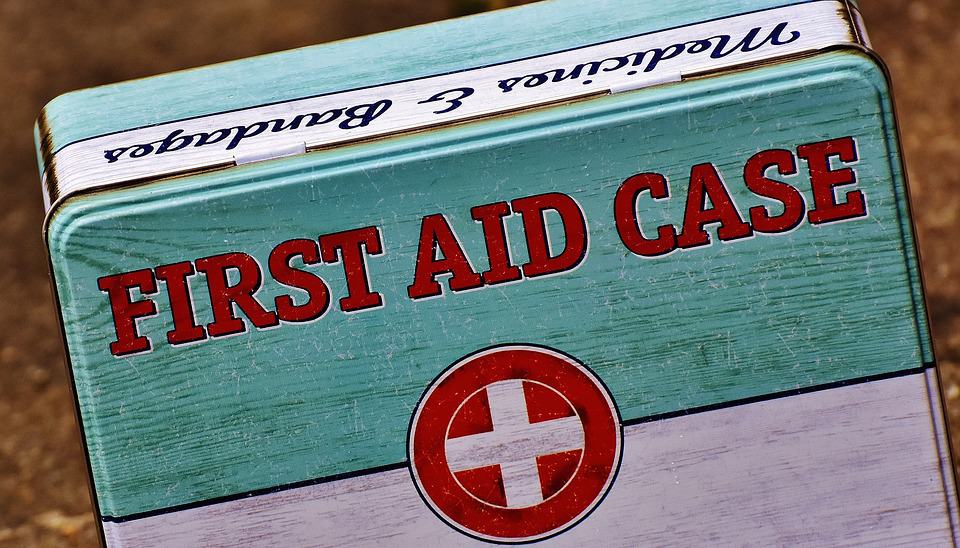
At the top of every event planner’s mind is the prevention of unexpected emergencies during their big event.
Nobody wants to be faced with having to make a last-minute decision that could affect your organization, the venue or, most importantly, your guests.
Predicting when an emergency will happen may be out of our control, but adequately preparing for an unfortunate incident will help you to better deal with anything that comes your way. To do this it’s best to start with a risk assessment of the venue to provide a foundation for developing organizational systems, rules, policies, plans and practices to handle most emergency.
Begin your risk aversion assessment by looking at these four areas of your event plan:
Operating legally and in compliance
Technicalities count in event management, and ensuring your event is legally compliant is an important step in staving off potential accidents. Prior to the event be aware of your guest count to avoid exceeding the venue’s capacity. Work with your vendors to be certain they are following regulations, and if you plan on having pyrotechnics speak with the fire marshal to make sure the venue you’ve chosen has the required number of emergency exits and fire prevention tools at the ready.
Prevention of injury
Health risks are everywhere at events. From crowd size, to weather related hazards; venues are filled with potential risks. Keeping an eye on every aspect of your event can seem like an impossible task, but it’s undoubtedly the best way to protect your guests.
Get familiar with areas in the venue and activities in the program that pose the largest threat to see what you can do to prevent an incident before it occurs. Post extra team members near questionable spaces and provide them with an emergency plan to help them help your guests. Speak with your vendors to find out what they view as a risk in their areas and work with the venue management to stay on top of sticky situations, such as icy walking paths during harsh weather conditions.
Medical emergencies
Of course, medical emergencies are always a risk you want to avoid, but at a large event you will probably be dealing with at least one small incident. Make sure you have on-site first aid kits available and consider the evening’s activities as you fill it with appropriate items. Include the numbers of important medical providers, both for inside and outside services as well as first responders. If you are expecting a large crowd onsite emergency personnel may be required.
Protection from criminal activity
Unfortunately, event risk assessments must also allow for the prevention of criminal activity. Familiarize yourself with potential threats and how the venue handles those occurrences during a high-profile event. Consider incidences of theft, unlawful guns on the property, disruptive guests, physical threats and child protection from abuse, neglect or abduction.
To prevent digital theft, provide your staff with the proper training for processing donors’ contributions and make sure your equipment is secure online and with trusted people at all times. Create a process where donors are in constant sight of the payment process and consider on-site self-pay terminals, such as Greater Giving’s AuctionPay terminals, for further protection from complaints of credit card theft.
Three-step Guide for Handling Emergencies
Now that you have your safety information gathered it’s time to turn your attention to processes. Equip your team with the tools to deal with sensitive situations appropriately and efficiently with tactics that follow a general process but can be easily adjusted to fit a specific incident. Use the following three-step guide to ensure you are ready for anything.
Develop a communication strategy for your staff and volunteers
Collect the cell phone numbers of your staff and volunteers and important venue and outside groups for quick access. Update a map of the venue with the positions of your team members so you’ll know who to turn to at a moment’s notice.
Crowd management and evacuation
Chaos can easily take over during an emergency exit. Prior to the event, study the venue floor plan to determine the best way to move people out of the building quickly. Determine a few gathering places outside so people can reconnect at a safe distance from the activity, and don’t forget to take people with limited mobility and children into consideration. It’s also wise to devise a procedure for stopping or pausing the show when an evacuation is needed.
Onsite emergency response
Work with a reputable security team who can determine the number of trained officers required for your event’s size. Prepare for fire control with the correct number and placement of fire extinguishers and do a quick check before you open your doors to make sure all the emergency exits are clear. Ensure that first aid kits are easily available at different points throughout the venue and determine how emergency will enter and exit the property. You don’t want to be caught off guard in a crucial moment.
Prior planning is your best defense against missteps during an emergency.
Arm yourself with the tools to help others and you’ll lessen the chance that an emergency becomes an unimaginable nightmare.
Don’t forget to check out our Must Have Event Day Survival Kit!
